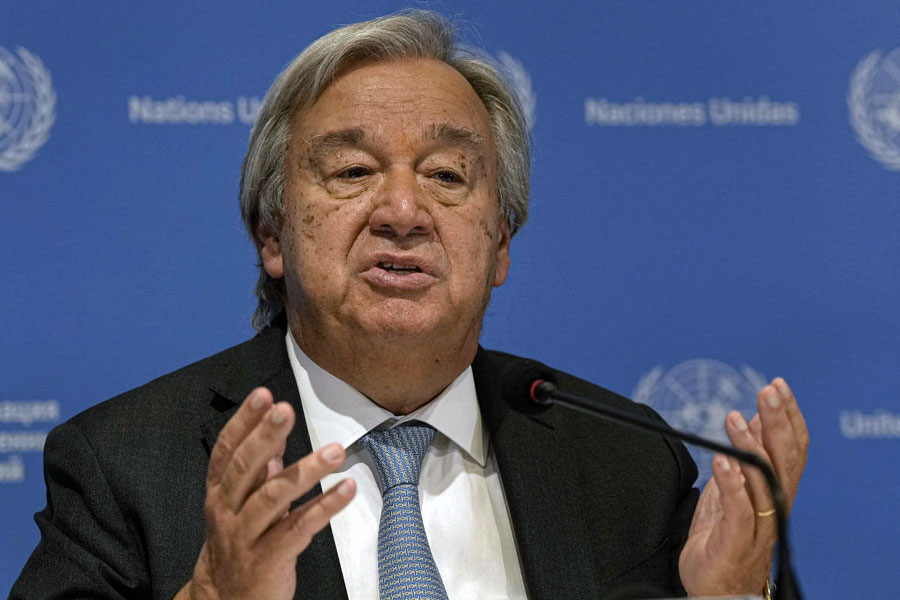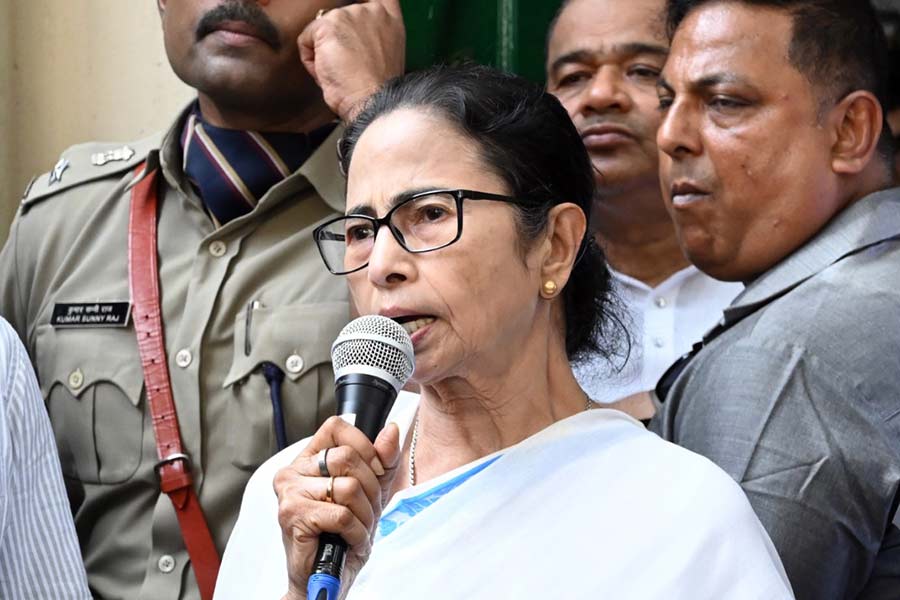Patna, Feb. 7: Having maintained a robust performance on the economic front for the first four years of the 11th plan period (2007-08 to 2011-12), Bihar is projected to witness yet another handsome growth rate in 2011-12.
The advance estimates of gross state domestic product (GSDP) has projected a growth rate of 13.13 per cent at constant prices in the current fiscal. The base year for calculation of growth rate at constant prices is 2004-05.
“According to estimates, the primary sector would witness a growth of 3.22 per cent and the secondary sector 17.01 per cent. The tertiary sector is likely to register a growth of 15.2 per cent,” joint director of the state statistical directorate, Jitendra Kumar Sinha, told The Telegraph today.
Going by value terms, the GSDP of Bihar for the year 2011-12 would be Rs 1,62,439 crore at constant prices. The primary sector would have a worth of Rs 29,622 crore, secondary sector Rs 28,555 crore and the tertiary sector would be Rs 1,05,262 crore.
Primary sector consists of agriculture, forestry, fishery, mining and quarrying sectors and on which over 80 per cent of the state’s population (10.38 crore) depends. The secondary sector consists of manufacturing, construction, electricity, gas and water supply. Tertiary sector comprises transport and communication, banking and insurance, real estate, ownership of dwelling, trade, hotel and restaurant sectors.
“These growth figures are based on estimation only and these are likely to improve when quick estimates are released in June this year,” Sinha said.
Experts and stakeholders are, however, sceptical.
“Declining share of primary sector and increased share of tertiary sector in GSDP are a natural phenomenon for a growing economy. But in case of Bihar this shift has not been accompanied by a shift in rural population, which depends mainly on the primary sector, to urban areas. Such a shift would have indicated that those engaged in agriculture-related activities are shifting to non-agricultural works,” economist and director of Asian Development Research Institute P.P. Ghosh said.
According to the 2011 census report, only 11.3 per cent of Bihar’s population resides in urban areas. The corresponding percentage stood at 10.46 in the 2001 census.
Economist N.K. Choudhary echoed Ghosh. “The government should take lessons from figures and work more seriously for development related work if it really wants inclusive growth,” he said.











